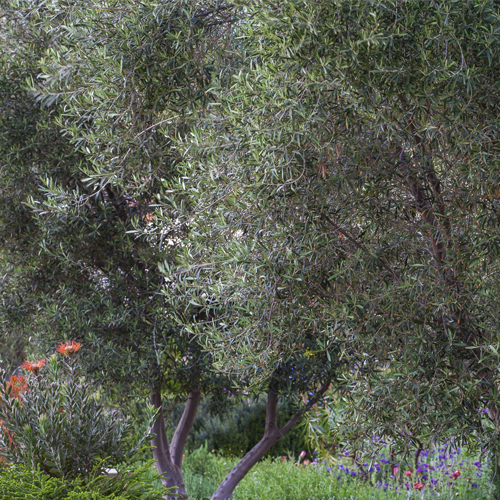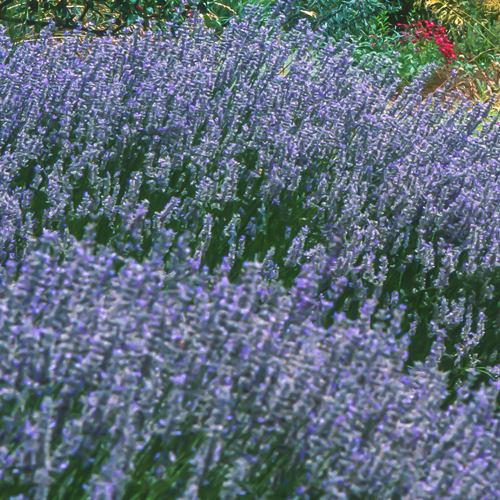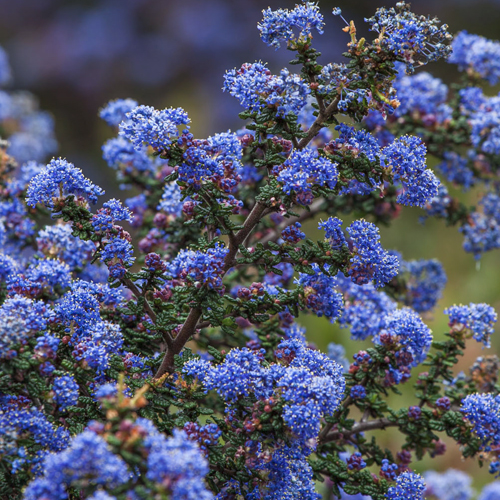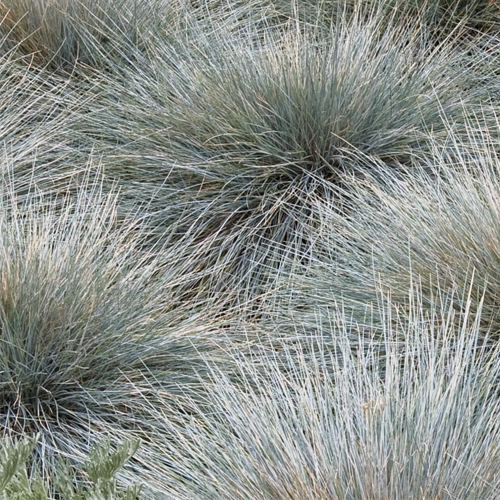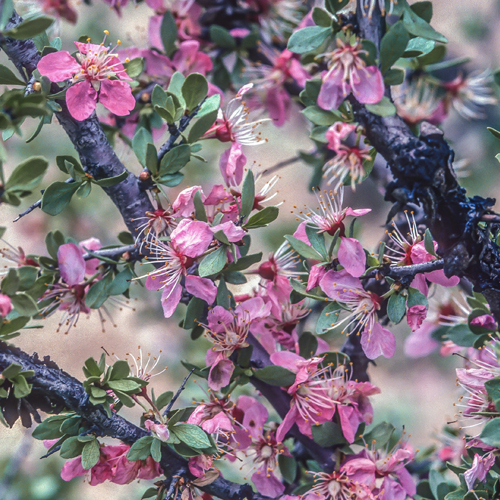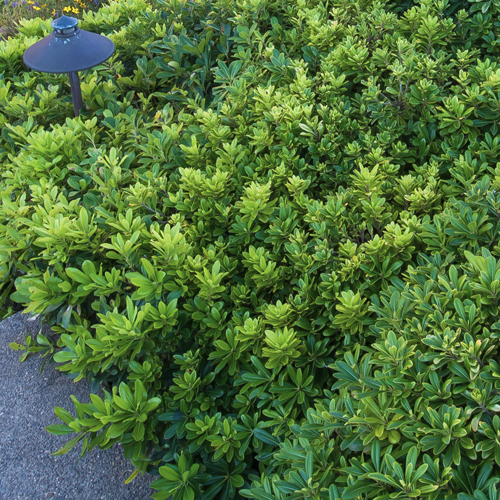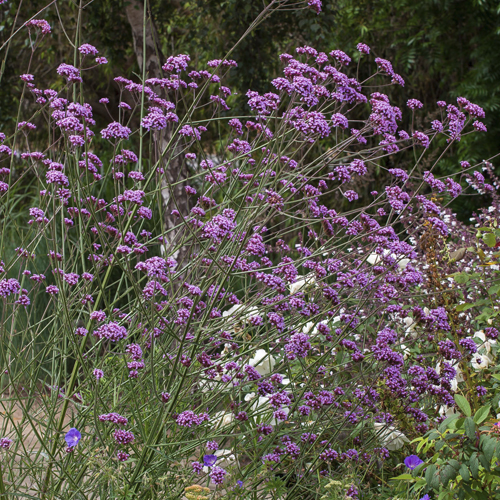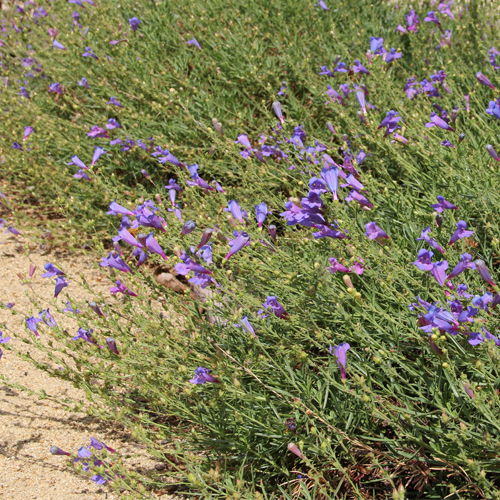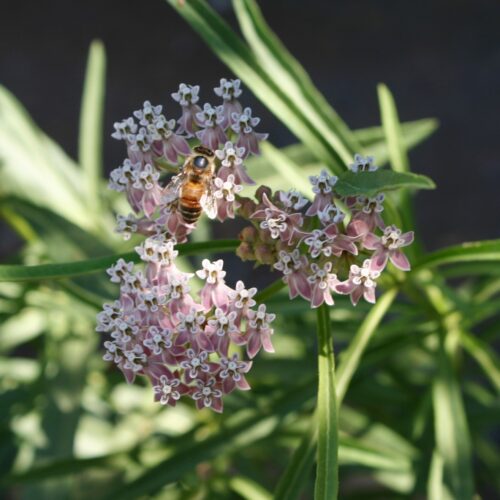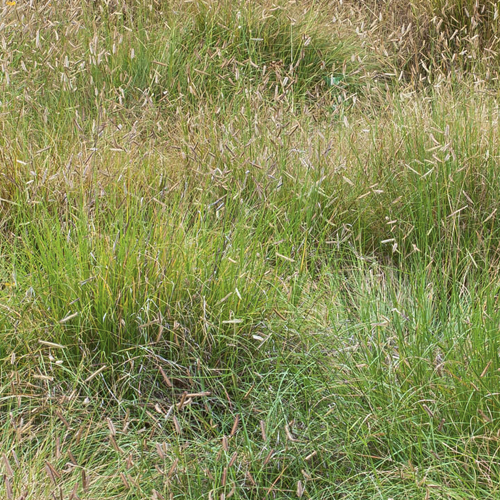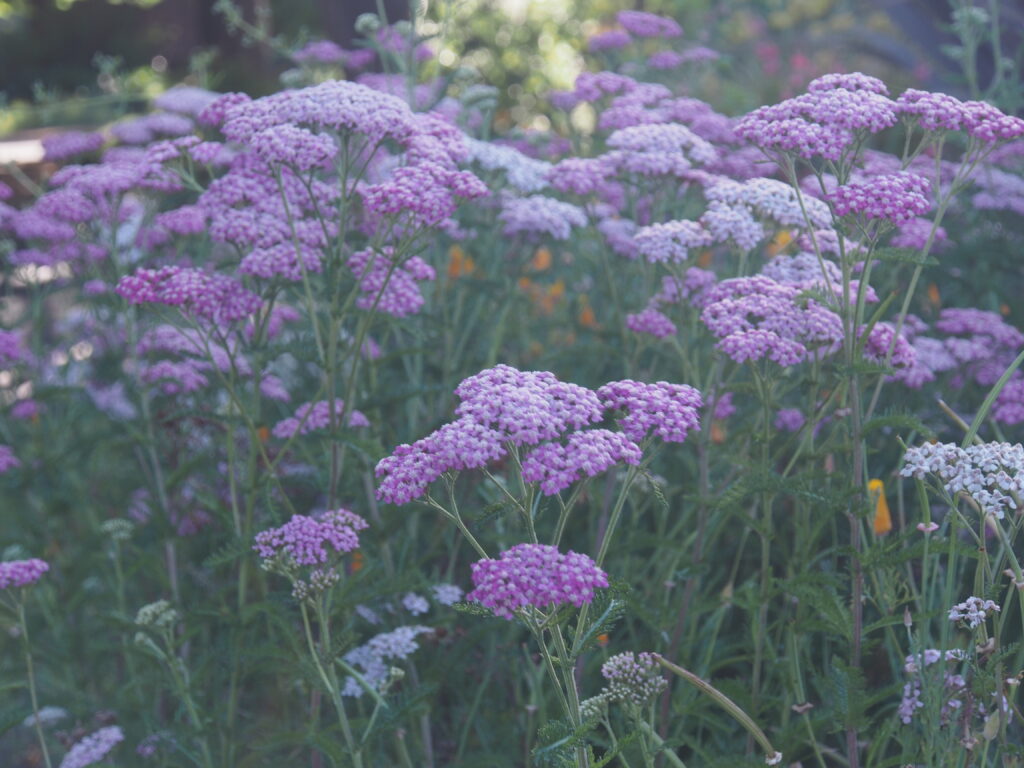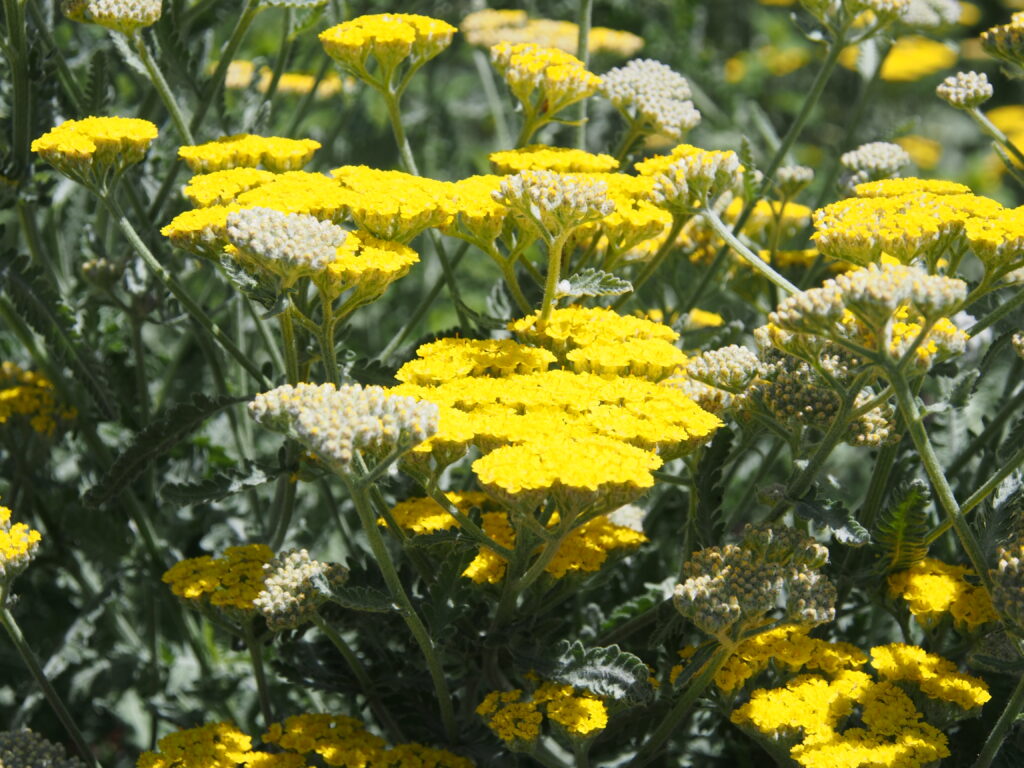Catch the Rain
BACK TO FULL TOUR
Garden Features
Drought Tolerant
Edible Garden
California Natives
Drip Irrigation
Pesticide Free
Rainwater Harvesting System
Smart Irrigation Controller
Lawn Conversion
Lawn-Free Landscaping
Wildlife Habitat
Partner: Santa Rosa Water
In 2013, my wife and I embarked on a search for a home in Santa Rosa, driven by a vision of sustainability and historical charm. Our quest led us to Burbank Gardens, a neighborhood steeped in botanical heritage, where the legacy of horticulturist Luther Burbank thrived. Nestled on Tupper Street, we discovered a gem—a century-old house, one of the few original dwellings remaining from 1908.
Envisioning a sanctuary that seamlessly merged tradition with modern sustainability, we were drawn to the ample space for fruit trees, vegetable gardens, and even a butterfly sanctuary. Equally crucial were features conducive to eco-friendly initiatives, such as rain catchment systems and ample roof space for solar panels.
Our first endeavor was the installation of twenty-one Blue Barrel rain barrels, strategically positioned around the detached garage, boasting a total capacity of 1055 gallons. Complementing these were three Bushman water tanks—one with a capacity of 420 gallons, nestled against the main house, and another with 865 gallons, discreetly integrated into the property. A third, larger Bushman storage tank, boasting a substantial capacity of 2500 gallons, stood behind the back shed, poised to collect overflow from other barrels and tanks during bountiful rainy seasons.
The metamorphosis of our property truly took flight in 2018, as we embarked on the transformation of the once-traditional lawn into a verdant, eco-conscious oasis. With careful planning and attention to detail, pathways, lighting fixtures, patios, and latticework emerged, seamlessly blending functionality with aesthetic appeal. While the landscaped areas flourished with purposeful design elements, we intentionally preserved the ‘Back 40’—a rugged expanse where fruit trees thrived, a butterfly haven flourished, and our beloved canine companions reveled in freedom.
In embracing the spirit of Burbank Gardens, our home became more than a dwelling—it became a testament to our commitment to sustainability, a haven for biodiversity, and a cherished gathering place for friends and family alike. – Dean Briggs
The genesis of our garden stemmed from a desire to cultivate familiarity amidst the backdrop of a new environment, following our relocation to Santa Rosa from Los Angeles in 2015. Serendipitously situated in Luther Burbank’s historical domain, our property served as a fertile canvas for our gardening aspirations.
Drawing inspiration from our Southern California roots, we began our gardening journey with propagated Salvia and herb cuttings, leveraging recycled rainwater and the nutrient-rich soil hallowed by Burbank’s legacy. To our delight, nature took its course, and our garden burgeoned with remarkable vigor and abundance.
In just a year’s time, our once-overlooked wasteland, marred by detritus and dog excrement, underwent a miraculous transformation. Through our concerted efforts and the introduction of indigenous plants, our garden blossomed into a vibrant sanctuary teeming with life. Bees, butterflies, ladybugs, and birds flocked to our newfound haven, their presence serving as a testament to the restoration of a harmonious ecosystem.
Observing the natural rhythms and interactions of our garden’s inhabitants has not only enriched our surroundings but also become an integral part of our daily lives. As we immerse ourselves in the symphony of nature’s melodies, we find solace and connection, forging bonds with the land and its inhabitants that transcend mere cultivation—they embody a profound communion with the living earth. – Elyse Briggs
Special Events

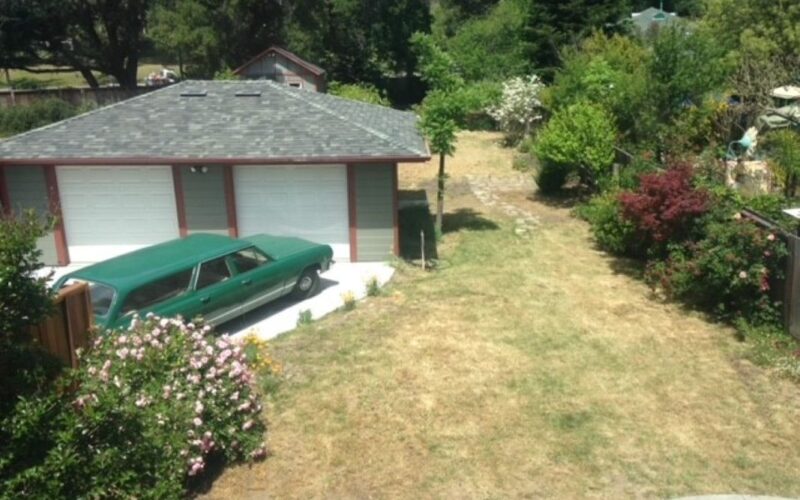



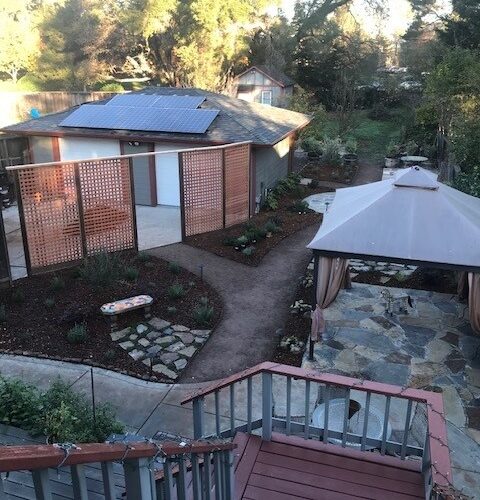

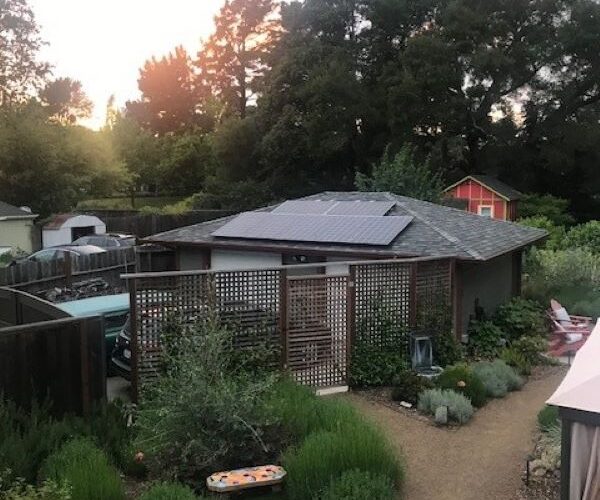

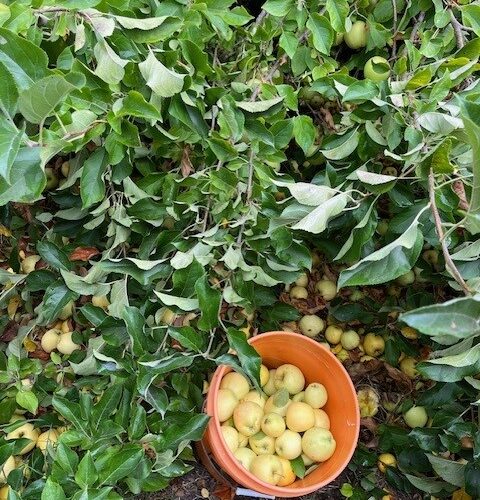
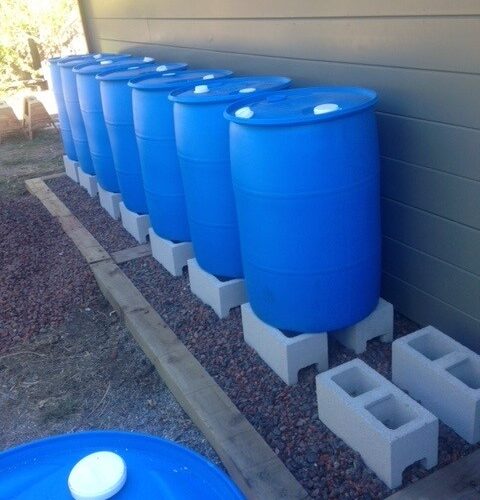
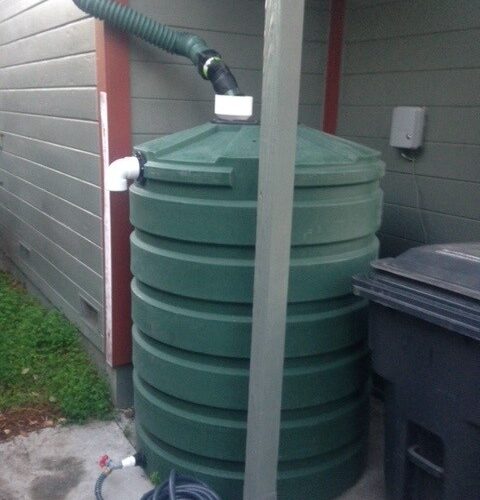



Plants in this Garden
Favorite Plants
Salvia
All kinds of Salvias!
Favorite Garden Suppliers
Emerisa Gardens
555 Irwin Lane Santa Rosa
Urban Tree Farm Nursery
3010 Fulton Road Fulton
Recommended Resources
Gardening Tips
For the propagation of salvia - aerated soil with a thin layer of vermiculite on top.
